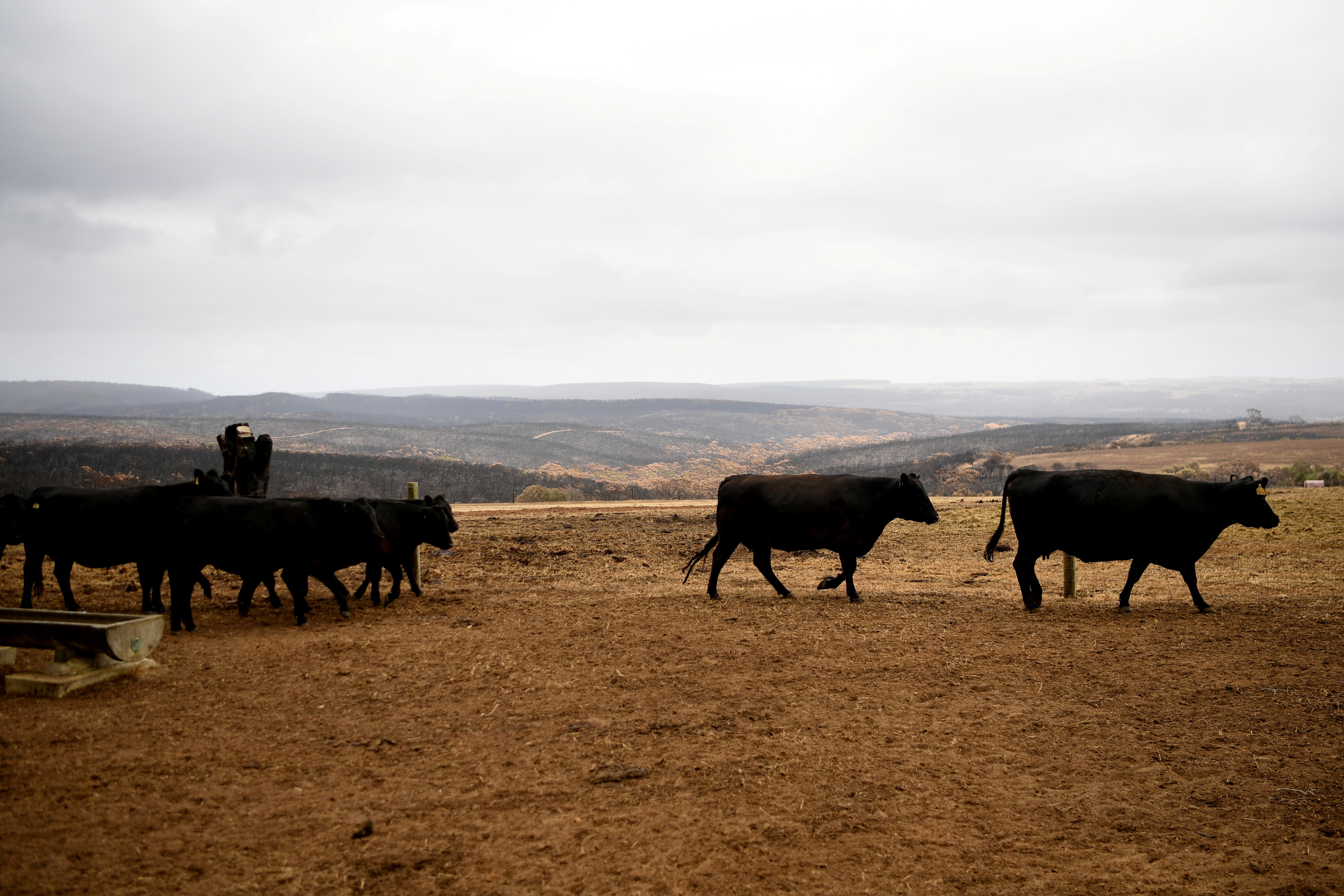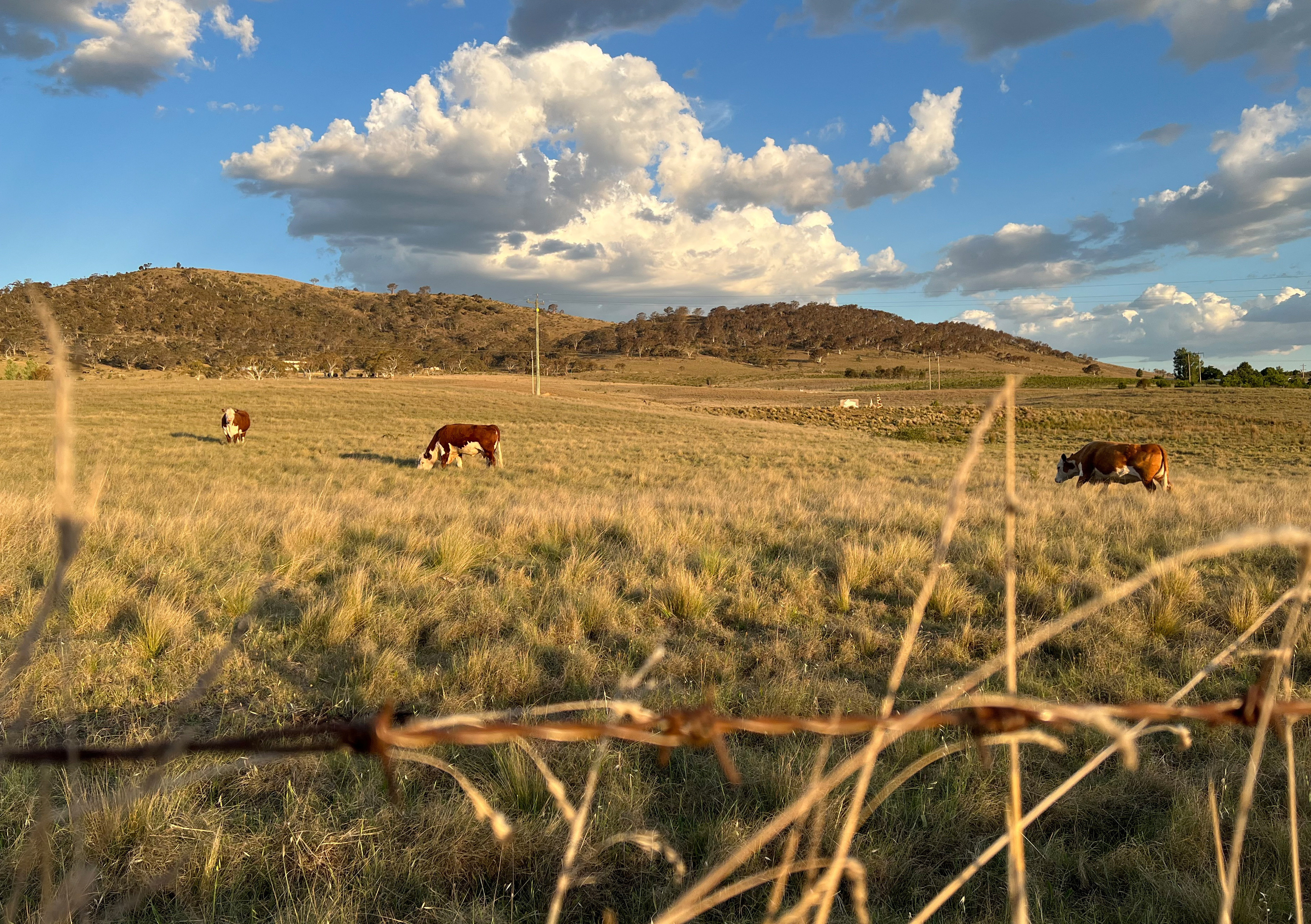The Art of Raising Constance Cattle: Professional Guidance on Nutrition, Housing, and Welfare
The Art of Raising Constance Cattle: Professional Guidance on Nutrition, Housing, and Welfare
Blog Article
Master the Art of Cooking With Lawn Fed Meat
In the world of culinary proficiency, mastering the art of cooking with grass-fed meat holds a respected position. From the tender appearance to the durable taste profile, grass-fed meat offers a canvas for culinary creativity.
Advantages of Grass-Fed Meat

When choosing grass-fed meat, consumers can take advantage of its greater levels of omega-3 fats and antioxidants contrasted to conventionally increased meat. Constance Cattle. Omega-3 fatty acids are vital nutrients that sustain brain health, decrease inflammation, and promote heart health and wellness. Grass-fed meat is known to have up to 5 times much more omega-3 fatty acids than grain-fed meat, making it a much healthier choice for those wanting to boost their intake of these valuable fats
Along with omega-3 fatty acids, grass-fed meat is also richer in anti-oxidants such as vitamins E and C, along with beta-carotene. Anti-oxidants play a critical function in safeguarding cells from damages created by complimentary radicals, which can add to numerous persistent conditions and increase aging. By choosing for grass-fed meat, consumers can not just delight in a more nutrient-dense and tasty protein source but additionally support their overall health and wellness and health.
Integrating grass-fed meat right into your diet plan can be a straightforward yet efficient way to improve your dietary intake and profit of omega-3 fatty acids and antioxidants that are normally bountiful in this sort of meat.
Finest Cooking Methods
Using suitable food preparation methods is vital to preserve the nutrient account and improve the flavor of grass-fed meat. When cooking grass-fed meat, it is necessary to keep in mind that it is leaner than conventionally elevated meat, making it much more susceptible to drying out if overcooked. To ensure a juicy and delicious outcome, consider cooking grass-fed meat at somewhat lower temperature levels than you would certainly with grain-fed meat.
Grilling is a prominent approach for cooking grass-fed meat as it allows excess fat to drip away, avoiding flare-ups that can cause charring. One more excellent food preparation technique for grass-fed meat is pan-searing.
Slow food preparation techniques such as braising or cooking are likewise excellent alternatives for harder cuts of grass-fed meat, as they help break down the muscle fibers and soften the meat. Whichever cooking approach you select, bear in mind to allow grass-fed meat rest after preparing to enable the juices to rearrange, making sure a index moist and tender last recipe.
Taste Pairings and Seasonings
To improve the all-natural flavors of grass-fed meat, calculated taste pairings and spices play a critical duty in elevating the general dining experience. Grass-fed meat has an abundant, unique taste that can be complemented and enhanced by blog carefully selected components.
In enhancement to natural herbs, spices such as black pepper, garlic, and smoked paprika can better elevate the taste profile of grass-fed meat meals. These spices provide an equilibrium of heat, sweet taste, and smokiness that can improve the total dining experience. When seasoning grass-fed meat, it is important to utilize top quality salt, like sea salt or Himalayan salt, to highlight the meat's tastes without adding unneeded chemicals or ingredients.
Storage and Managing Tips
Proper storage and managing practices are crucial for keeping the quality and freshness of grass-fed meat. Avoid keeping grass-fed meat near strong-smelling foods as it can soak up smells conveniently.
When managing grass-fed meat, it is essential to practice excellent health to stop cross-contamination. Clean your hands completely prior to and after handling the meat, and ensure that all utensils and surfaces that come right into contact with the meat are cleaned and disinfected effectively. Furthermore, use different cutting boards for meat and vegetables to stay clear of microbial transfer.

Top Grass-Fed Meat Recipes
When taking into consideration the finest methods to appreciate the high quality and freshness of grass-fed meat, exploring websites excellent recipes can boost your culinary experience. Grass-fed meat's abundant taste and leaner account provide themselves well to a variety of dishes that highlight the natural goodness of the meat. One top dish to try is a timeless Grilled Grass-Fed Ribeye Steak skilled with straightforward ingredients like salt, pepper, and a touch of garlic for a robust taste. For a calming dish, a Slow Cooked Grass-Fed Beef Stew with root vegetables and aromatic herbs is a hearty option that brings out the meat's tenderness.
If you're in the mood for something lighter, a Grilled Grass-Fed Burger offered with fresh garnishes and a side of pleasant potato fries is a delicious choice. Additionally, a Herb-Crusted Grass-Fed Shelf of Lamb baked to perfection with a medley of herbs and breadcrumbs is a show-stopping meal for special celebrations. These top grass-fed meat dishes showcase the versatility and exceptional high quality of grass-fed meat, allowing you to appreciate its superior taste in different culinary productions.

Final Thought
In conclusion, understanding the art of food preparation with grass-fed meat provides many benefits, including boosted dietary value and remarkable taste. By using the ideal food preparation approaches, trying out with taste pairings and flavorings, and complying with correct storage space and handling pointers, you can create nourishing and tasty dishes. Check out some leading grass-fed meat recipes to raise your cooking abilities and appreciate the full potential of this high-quality component.
When cooking grass-fed meat, it is important to remember that it is leaner than traditionally raised meat, making it extra prone to drying out if overcooked. To make certain a juicy and delicious result, consider cooking grass-fed meat at somewhat lower temperatures than you would with grain-fed meat.
When seasoning grass-fed meat, it is crucial to make use of top notch salt, like sea salt or Himalayan salt, to bring out the meat's flavors without including unneeded chemicals or ingredients.
Grass-fed meat's rich taste and leaner account lend themselves well to a range of meals that highlight the natural goodness of the meat. These leading grass-fed meat dishes showcase the adaptability and exceptional quality of grass-fed meat, allowing you to appreciate its exceptional preference in numerous culinary developments.
Report this page